
Mazzaella oregona
Oregon Mazza Weed
23 July 2024
Big Beach, Vancouver Island, B.C., Canada
Tide: 0.2 feet at 08:45 PDT (measured at Ucluelet Tidal Station)
Weather: Mainly sunny (10 % cloud cover), wind West 0 – 5 km/hour, sea smooth, low westerly swell, humidity 94%, 15 ˚C.
Moon: Waning Gibbous (93.5%, 18 days); Next Phase, Third Quarter, 27 July 2024 at 7:51 pm PDT; Previous Phase, Full Moon, 21 July 2024 at 3:17 am PDT.
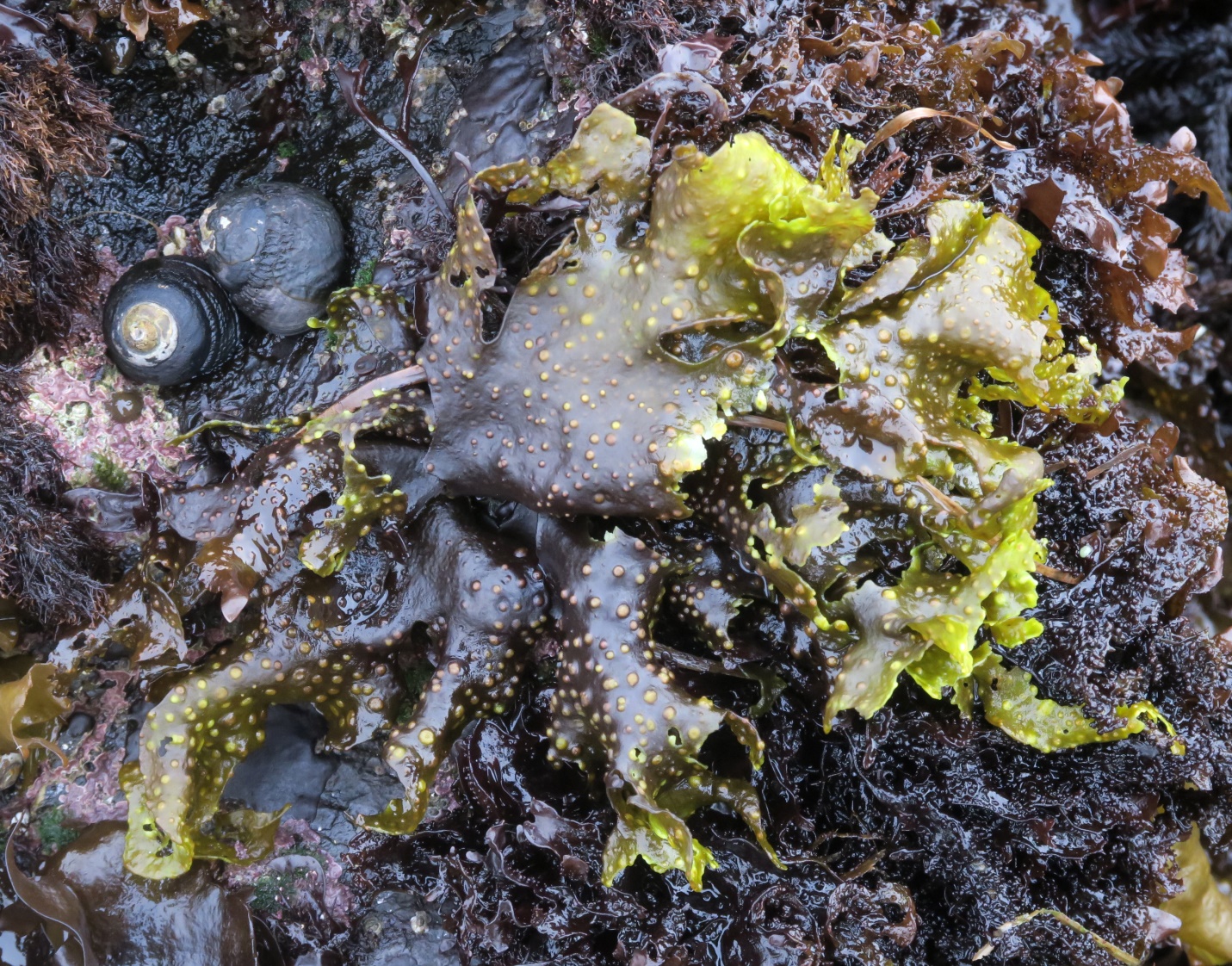
Figure 1: A distinctive member of the intertidal macro algae, Mazzaella oregona has large cystocarps dotting the many lobed thalli. Its color stands out too; when young and fresh it is a deep burgundy brownish tone, but it fades to a greenish yellow upon exposure. In the mid intertidal zone, amongst other deep red colored seaweed species, this seaweed may not be ‘beautiful’ but it is eye-catching. Big Beach, Vancouver Island, B.C., Canada. July 22, 2024. Photo ID 27720 ©Seaweedwhisperings.com
Person 1:
Stands out amongst the nearby redder seaweeds.
Mazzaella oregona tends to be yellowish to yellow brown.
Not attractive..., irregular, ruffled edges.
By the time cystocarps form on the blade, this seaweed looks well past its prime, just hanging on long enough to complete this stage of its life cycle.
Thallus is irregularly lobed creating a relatively disorganized appearance.
Unhappy.
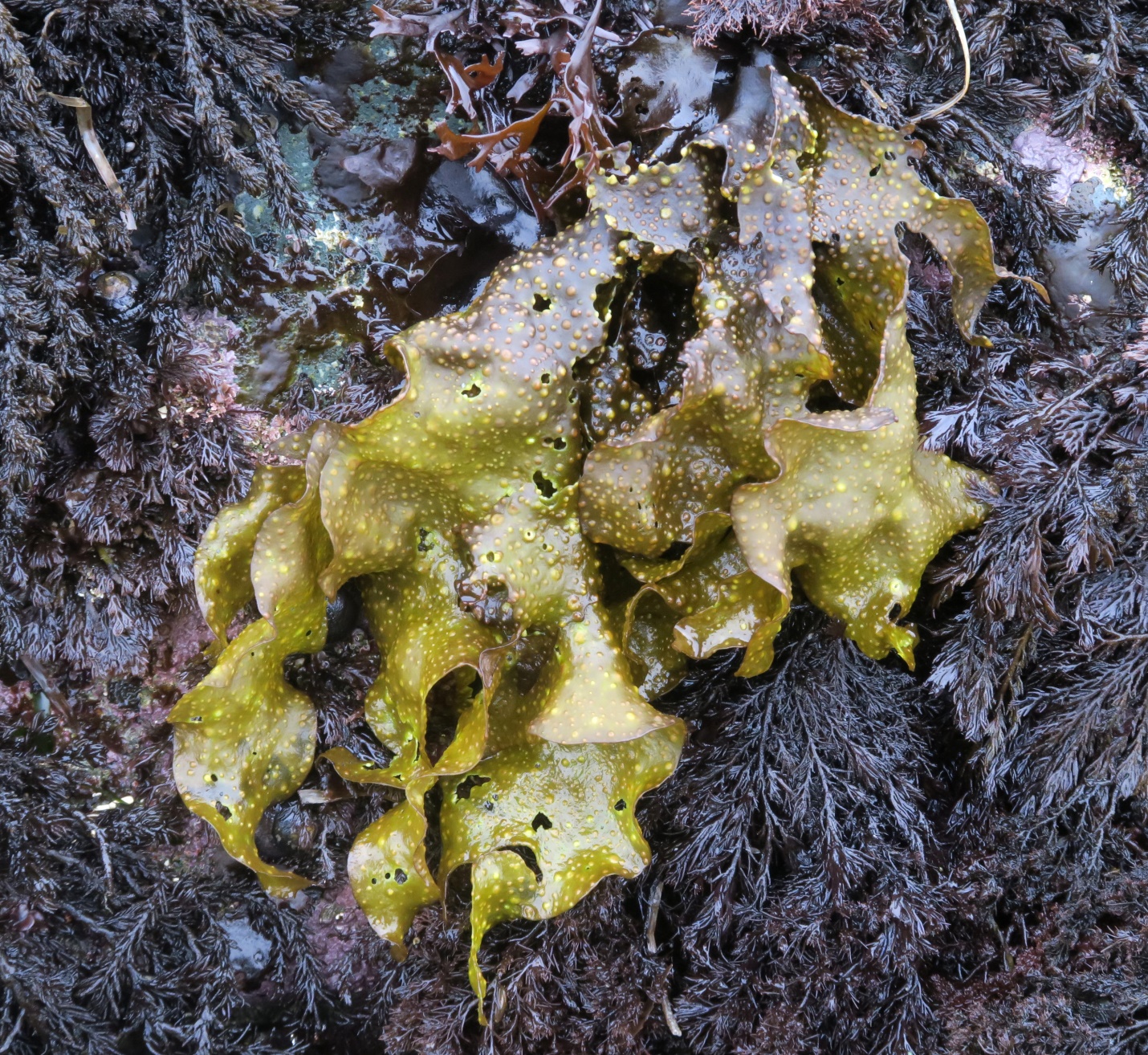
Figure 2: In the genus Mazzaella several species are iridescent, but there is none of this in M. oregona. It seems to have adopted a ‘practical and plain’ look, and with its tendency to drape from rocks in tattered ruffles it can look somewhat like it’s quite unhappily and barely “hanging in” for the duration. Big Beach, Vancouver Island, B.C., Canada. July 22, 2024. Photo ID 27721 ©Seaweedwhisperings.com
Person 2:
Draping in very wavy blades from rock and boulder, this is a seaweed that stands out for qualities that are perhaps more striking than beautiful.
Mazzaella oregona, you seem to start out as a dark brownish red color, but soon head towards a bile green or yellow-greenish brown. And your blades are dotted with very prominent cystocarps. They look like they are both large in size and somehow also needed in large numbers.
These cystocarps remind me of some unpleasant and often painful or irritating human skin conditions, ones where discharges must occur in the progression towards health. This happens in striking and obvious ways by erupting on the surface of the skin in rounded blisters or pustules. Mazzaella oregona, however, seems to be in harmony with its bumps.
The blade is interesting – no two are exactly the same. And they do seem to grow larger in their breadth than in their height. They don’t strive for vertical impressiveness.
And in all that breadth there are many lobes some of which are deeply cleft towards the base. This probably gives you useful capabilities in water. It occurs to me that it gives you many arms also – all the better to be busy with what you need to do.
Out of water, though, you look very un-busy – actually you look overworked and tired out.
You have no iridescence like some other Mazzaellas; no fancy play with light like Mazzaella splendens. Your look is rather plain and possibly focused on workability and practicalities.
Were you already too busy with your many arms that you missed the “call” when extra finishing embellishments were handed out? Or did you prize other traits, ones more internal and not externally visible...?
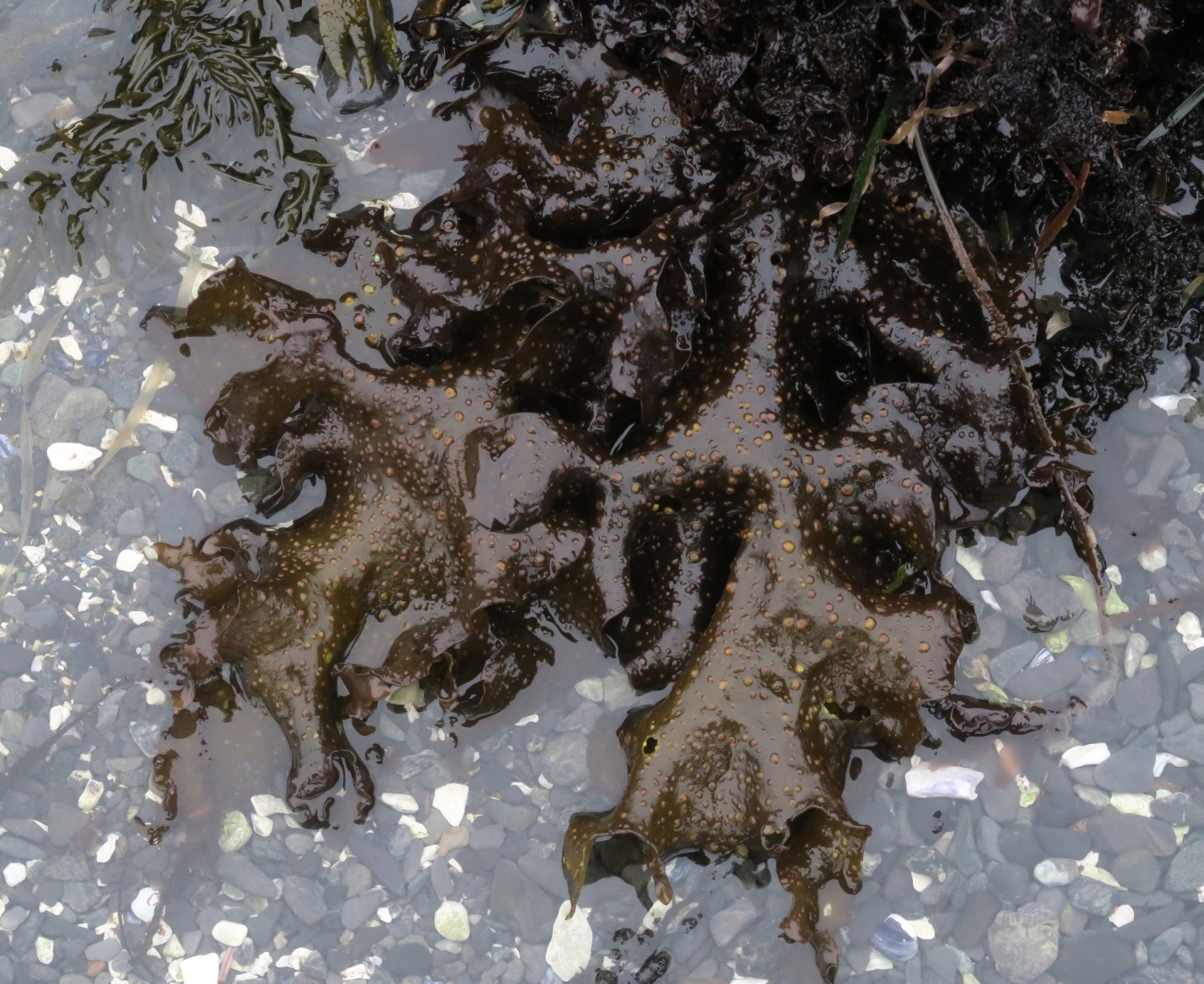
Figure 3: Partially still immersed, this individual retains more of its deep burgundy grown coloring. Big Beach, Vancouver Island, B.C., Canada. July 22, 2024. Photo ID 27722 ©Seaweedwhisperings.com
Discussion:
Deep lobes to the blades..., we pondered why? These lobes have the effect of creating many arms. Almost like an octopus. Could it be that they are multi-tasking with all those arms at work at the same time?
How does multi-tasking go for them? They can feel not quite in control dissatisfied.
And then, what type of work are they multi-tasking at and so very busy with? Not work solely for themselves, but it is work that benefits their group or those they care for.
Can they be so busy with all their many capable ‘arms’ that they fail to take adequate care of themselves? If and when this is the case, we observe that they become tattered, torn, disorganized, worn, exhausted and barely hanging on.
This seaweed puts obvious effort, and sometimes exhaustion-level effort, into reproduction. We wondered if things can get out of balance or go amiss in this area at times. While working on the report for and re-immersing fully in the energy of this seaweed, Person 2 had a strong and distinctive flash of heat, one that discolored her skin in a notable flush of rose red leading to an upper body and neck sweat that dampened her clothing. This left her feeling drained of normal physical energy and was accompanied by trembling limbs, too. It was very much like how hormonal changes can impact women at menopause (this is not a symptom Person 2 was personally troubled by at that time in her life). We wondered – can there be difficulties with the balance of reproductive hormones for this seaweed, too? Is this one thing that can lead to the drained energy?
Disorganized look – many arms doing different things; there’s a lot going on and we felt that it could well be difficult to keep it all organized. We get the sense that sometimes they are aware that this disorganization is costing them, but many times they are so busy with their chosen duties that they can miss evaluating priorities or fail to observe useful signs and cues pointing out corrections, modifications or possible better ways. It felt that they can get ‘carried away’ with their busy duties to the point of becoming mired in it and also almost refusing to ‘see’ it for what it is. They can get lost in it.
Cystocarps, combined with the mascot of multi-arms, the octopus, led us to consider that these large bumps on the blade of the seaweed look somewhat reminiscent of octopi tentacles. For an octopus the suction cup tentacles are designed to anchor them to the substrate. With Mazaella oregona it feels as if their cystocarps are reaching for..., or attempting to grasp..., something they’re missing, desiring and still seeking.
When they are near the end of their season and looking “past prime” it feels that they have realized what it is that they are seeking and yet they are still not able to reach it. This might fit a person who has worked hard at the same job all their working life, then they retire and have realized what they’ve missed. Now, in the autumn of their life, they try to make up for lost time but that effort can be accompanied with tinges of regret and sorrow. There can be a wistfulness involving what they hadn’t done when younger and fitter, as they recognize some things are truly lost to them now.
Texture - the blade has waves and undulates in general, and then the texture is greatly added to by the large and profusely numbered protruding cystocarps. Texture as character – what does this say about Mazzaella oregona?
Multi-layered or diverse.
Some aspects are obvious; others are hidden or not given much attention as they can easily be a bit too self-sacrificing.
Pragmatic – they go for what will be effective and seem to not often have time to add in anything whimsical or frivolous.
Color – the blade does not remain a deep red brown but seemingly very willingly bleaches to an arresting shade of yellow-green. What does the color say about them?
Open book.
When tired or weakened, their deeper nature cannot be hidden.
A tendency to age prematurely.
Failure to balance nurturing of self with their need / desire to nurture others.
Tired and weary look – this can even lead to them seeming to be a bit unimaginative or uninteresting. Or perhaps it is here that we see in them the preference to consult others in decisions of import, to not make an ‘executive decision’ on their own, one that would often save them time and effort.
There can sometimes be a lack of confidence in their own plans and ideas, especially ones that will be visible or known to others and that may have a lasting impact. This lack of confidence is not felt like a weakness to them, rather in them it is a motivator that pushes them to collaborate. And with this there is the knowledge that the rewards and responsibility for outcomes are shouldered not only by themselves but shared with others too – this feels good and right.
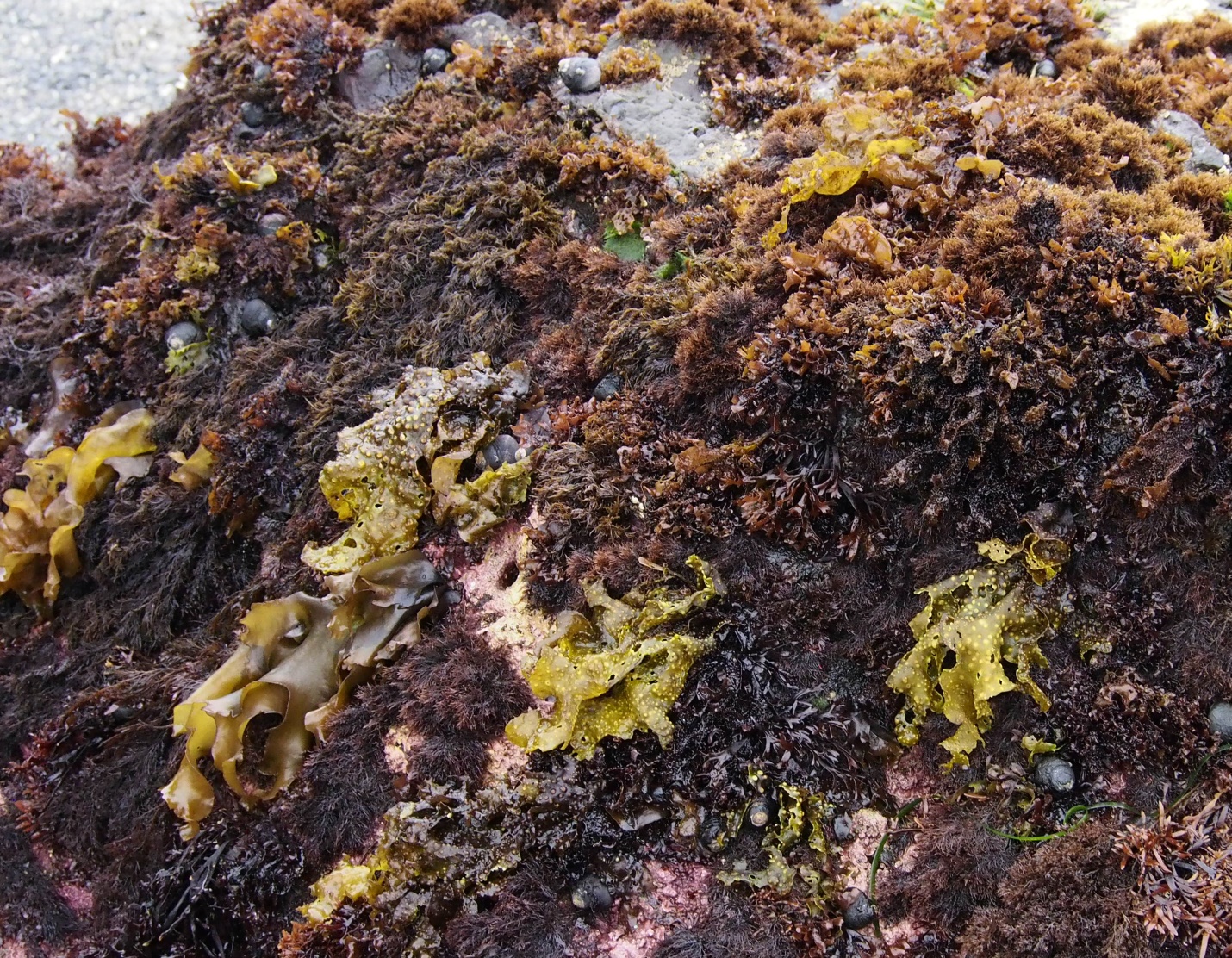
Figure 4: Seen here in situ with its intertidal neighbors, Mazzaella oregona stands out with its color, shape and form. The cystocarps are large enough to be plainly seen at a distance. Big Beach, Vancouver Island, B.C., Canada. July 22, 2024. Photo ID 27723 ©Seaweedwhisperings.com
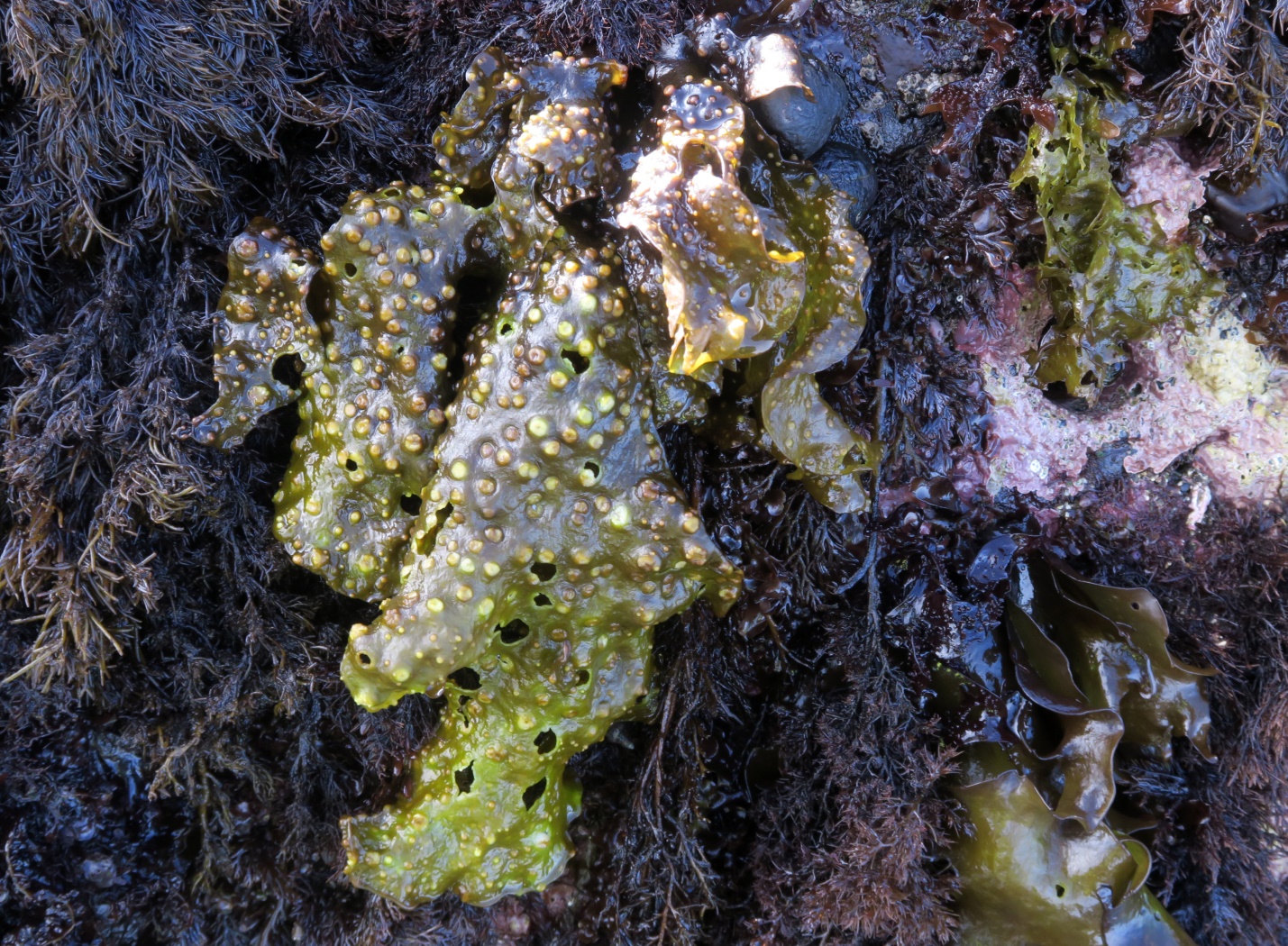
Figure 5: A closer look at the large cystocarps – notable in this species. Big Beach, Vancouver Island, B.C., Canada. July 23, 2024. Photo ID 27724 ©Seaweedwhisperings.com
Biology & Natural History Information:
Description:
The thallus is composed of a clump of cleft or irregularly shaped blades, 10 - 15 cm tall (sometimes much larger in size). The blades are widest above their middle, have wavy margins, and along with the clefts, this creates a full and irregularly overlapping or ruffled appearance. The texture is flaccid and stretchy. Blades are reddish brown in color but turn lighter in color when exposed and dried at extended low tides. They are not iridescent. Blades either taper to a short stipe at their base or can be sessile on the surface of the holdfast with no intervening stipe at all. The cystocarps in this species are especially large, up to 4 mm in diameter, and bulge from both surfaces of mature blades.
Habitat:
Common, on rocks in exposed habitats, mid to upper intertidal in southern portion of range, low intertidal in British Columbia and southern Alaska.
Pacific Coast Distribution:
Bering Sea and Aleutian Islands, Alaska, to Ventura, California.
Remarks:
A very similar species, Mazaella phyllocapra, is found in Alaska; it is called the Northern Mazza Weed. The holotype locality/ type location is Brookings, Oregon, USA.
Classification:
Phylum: Rhodophyta
Class: Florideophyceae
Order: Gigartinales
Family: Gigartinaceae
Genus: Mazzaella
Species: Mazzaella oregona (Doty) Hughey, P.C.Silva & Hommersand 2001
Former name(s): Iridophycus oregonum Doty 1947; Iridaea oregona (Doty) Papenfuss 1958.
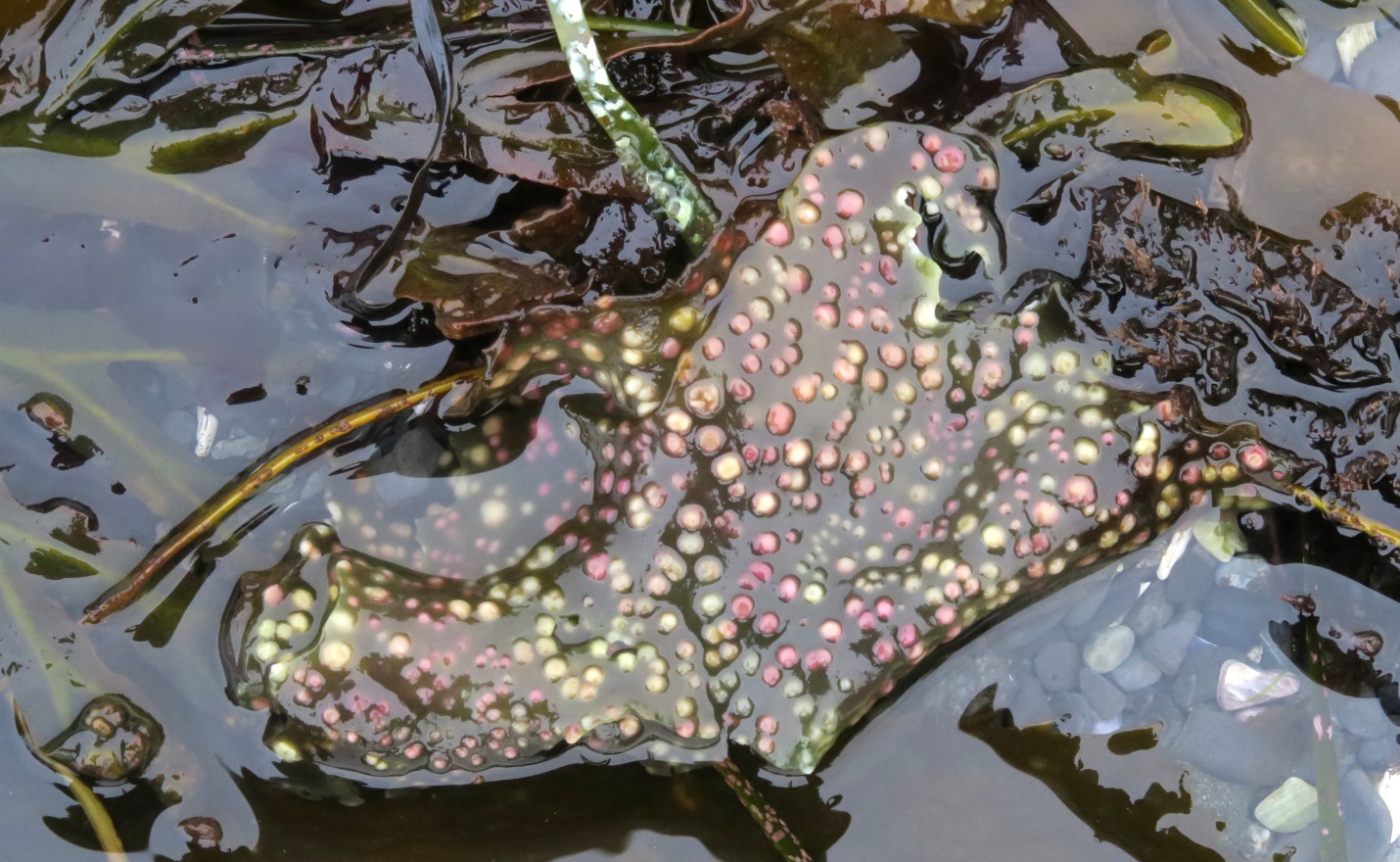
Figure 6: This scrap of alga was detached and floating with other cast ashore seaweeds. The decomposition of the blade is advancing and the cystocarps are also discoloring as they take on a pinkish hue. Big Beach, Vancouver Island, B.C., Canada. July 22, 2024. Photo ID 27725 ©Seaweedwhisperings.com
![]()